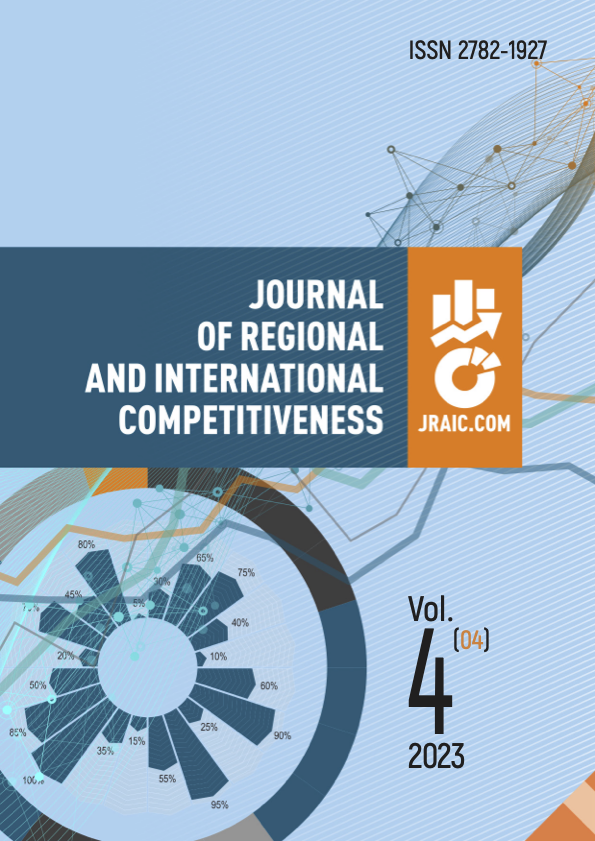Moscow, Moscow, Russian Federation
The article considers a new modern form of money - central bank digital currencies (CBDCs). Their main characteristics are security, fast and inexpensive transactions. Digital currencies are currently going through a stage of institutionalisation and active development. The Bank for International Settlements predicts that 20 per cent of regulators plan to launch retail CBDCs by 2026. Currently, the global community has not developed a unified position either on the issue of the expediency of their issuance (although every year more and more countries are engaged in their development and issuance), or on the issues of volumes and areas of regulation. A number of countries are taking a wait-and-see attitude, closely monitoring the development of digital currencies (e.g., Japan). Therefore, the study of global experience is extremely relevant, especially for Russia. The study identified a number of legislative, technical, and economic problems related to the functioning of digital currency. There are challenges on national governments recognition of digital currency as a legal tender; cybersecurity risks and threats; challenges caused by different ways of integrating digital currency into monetary policy; digital currency as a real threat to the entire global financial system, etc. Thus, the practical development and testing of CBDCs are one of the main trends in the modern monetary sphere development. However, as part of the development of CBDCs, in order to maintain public trust, the central bank should act by engaging with market participants while maintaining its primary role in the ecosystem.
CENTRAL BANK DIGITAL CURRENCIES (CBDCS), CRYPTOCURRENCY MARKET REGULATION, CENTRAL BANK, PAYMENT SYSTEM, INTERNATIONAL CURRENCY, E-WALLET
1. Chuchert, T., Srisongkram, A., Tonghui, T. et al. (2018). Digitalization on Financial Services and Implications for Monetary Policy in Thailand. Monetary Policy Group, Bank of Thailand, 14, 30-35.
2. Kochergin, D. A. & Yangirova, A. I. (2019). Central bank digital currencies: key characteristics and directions of influence on the monetary and payment systems. Finance: theory and practice, 23(4), 80-98.
3. Meaning, J., Dyson, B., Baker, J., & Clayton, E. (2018) Broadening narrow money: Monetary policy with a central bank digital currency. Bank of England Staff Working Paper, 724.
4. Takuma, Y. (2020). Implications of China’s digital yuan initiative – potential impact and future focal points. Global Strategic Studies Institute Monthly Report, 58-69.
5. Zhang, N., Yang, X., Zhang, H., & Zhao, W. (2017). A survey on internet of things: Architecture, enabling technologies, security and privacy, and applications. IEEE Internet of Things Journal, 4(5), 1125-1142.
6. Kochergin, D. A. (2022). Central banks’ digital currencies: the experience of digital yuan implementation and development of the digital rouble concept. Russian Journal of Economics and Law, 16(1), 60 (in Russian).
7. Mosakova, E. A. (2023). Cryptocurrency as the basis of new information architecture in the information age. Informacionnoe obshhestvo, (1), 7-17 (in Russian).



















